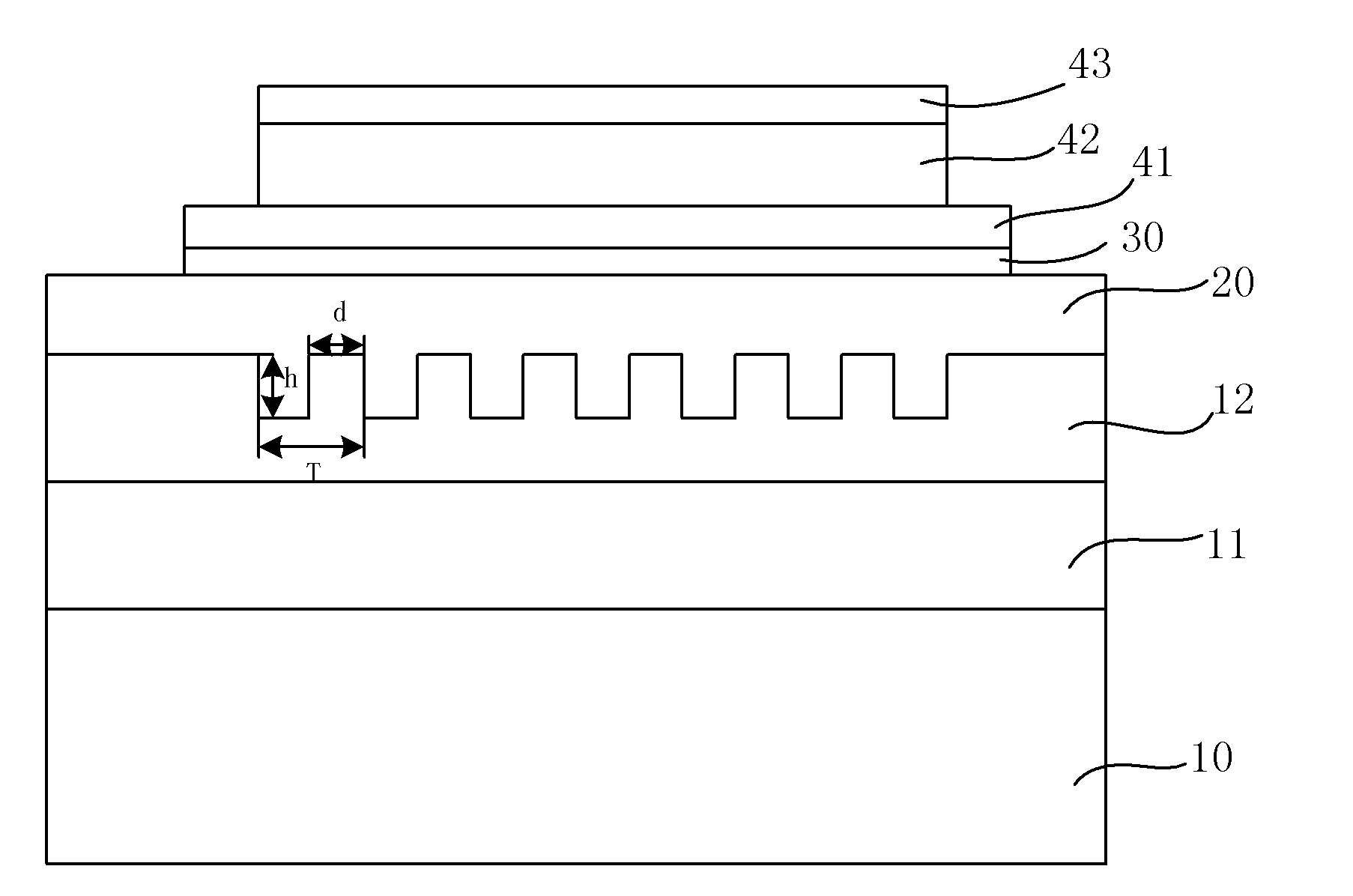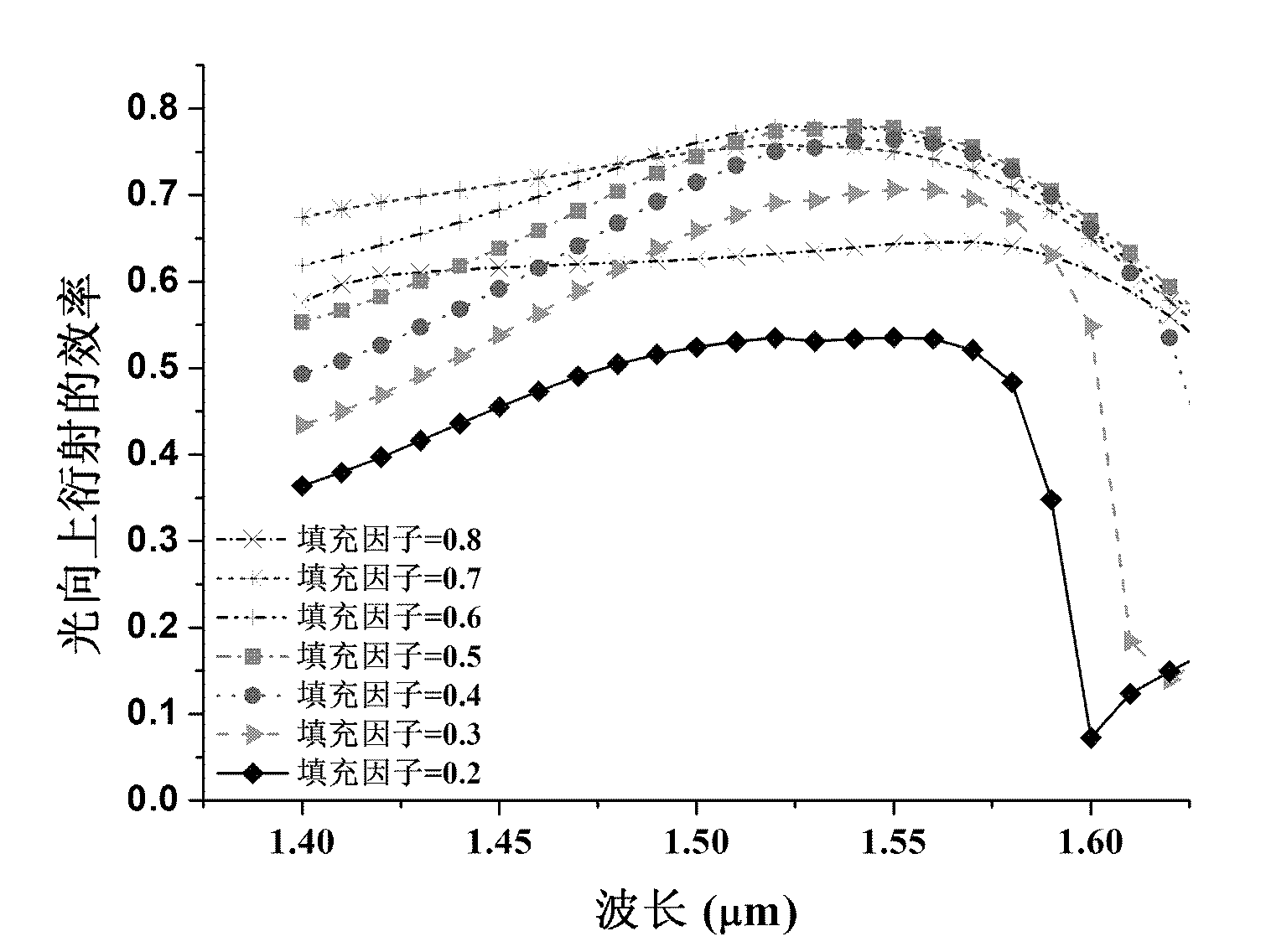Silicon-based InGaAs PIN photoelectric detector based on heterogeneous integration and vertical optical coupling
A photodetector, vertical coupling technology, applied in the coupling of optical waveguides, circuits, electrical components, etc., can solve problems such as the impact of bonding yield
- Summary
- Abstract
- Description
- Claims
- Application Information
AI Technical Summary
Problems solved by technology
Method used
Image
Examples
Embodiment Construction
[0029] The device structure of the present invention will be further described below in conjunction with the accompanying drawings, which are not drawn to scale for the convenience of illustration.
[0030] This embodiment provides a silicon-based InGaAs PIN photodetector based on heterogeneous integration and vertical optical coupling, such as figure 1 shown, including:
[0031] SOI substrate, the SOI substrate includes an underlying substrate 10, a buried oxide layer (BOX, buried oxide) 11 located on the underlying substrate 10, and a top silicon layer 12 located on the buried oxide layer 11;
[0032] a vertical coupling grating fabricated in the top silicon 12 of the SOI substrate, the vertical coupling grating is made by etching the top silicon 12 of the SOI substrate, figure 1 where h is the etching depth, T is the grating period, and d is the grating tooth width;
[0033] a BCB bonding layer 20 covering the vertical coupling grating;
[0034] An anti-reflection layer ...
PUM
 Login to View More
Login to View More Abstract
Description
Claims
Application Information
 Login to View More
Login to View More - R&D
- Intellectual Property
- Life Sciences
- Materials
- Tech Scout
- Unparalleled Data Quality
- Higher Quality Content
- 60% Fewer Hallucinations
Browse by: Latest US Patents, China's latest patents, Technical Efficacy Thesaurus, Application Domain, Technology Topic, Popular Technical Reports.
© 2025 PatSnap. All rights reserved.Legal|Privacy policy|Modern Slavery Act Transparency Statement|Sitemap|About US| Contact US: help@patsnap.com



